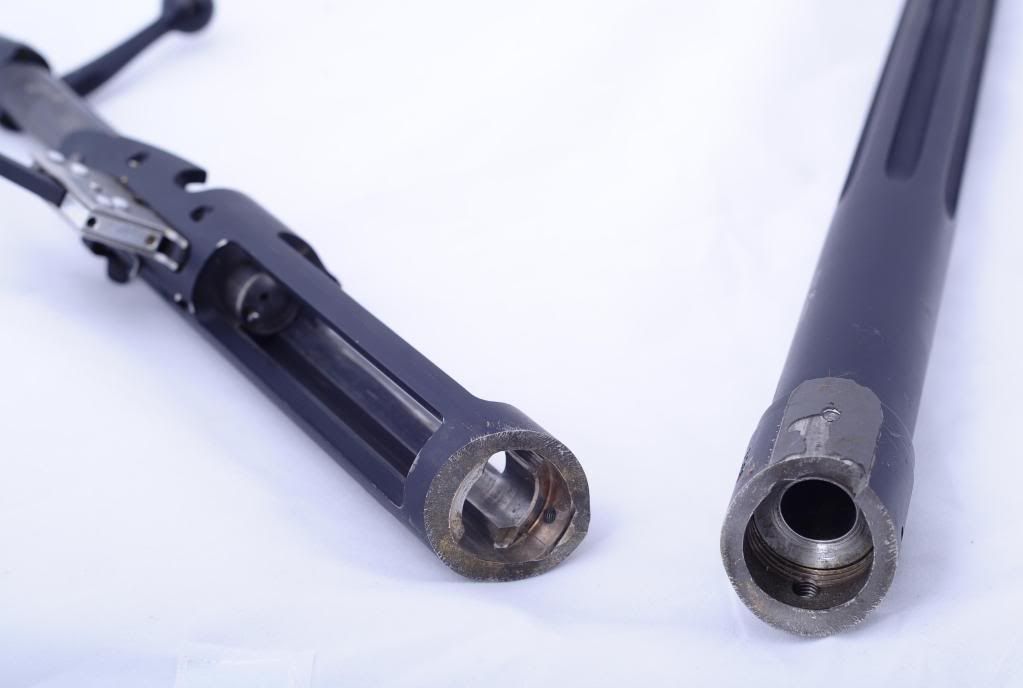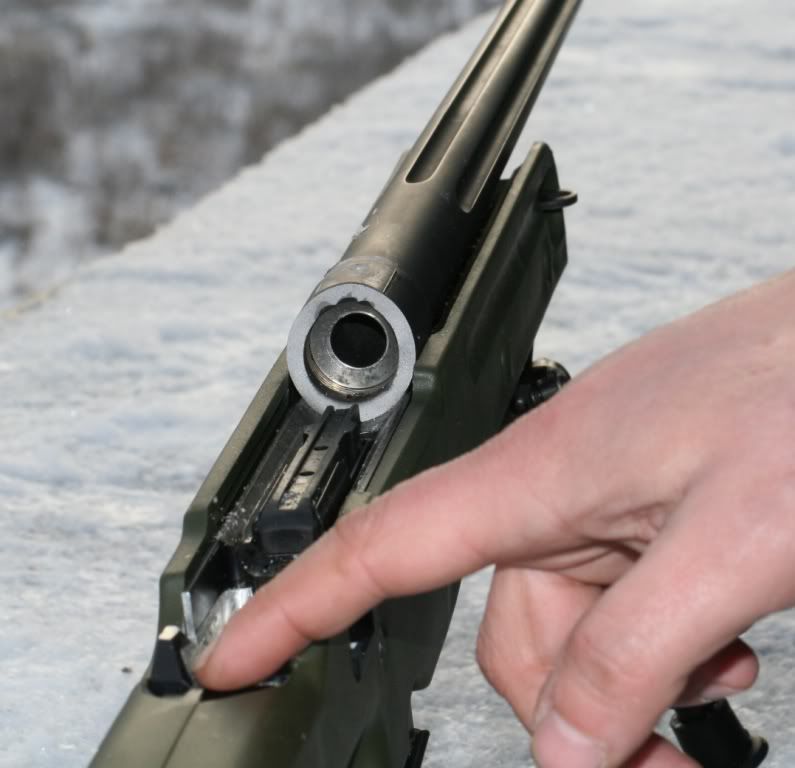Re: Great problem with the H-S Precision rifle.
The problem is that this could just be a simple case of poorly manufactured bar stock. And if the manufacture of the action doesn't have some type of a Material analysis or assessment protocol for the metal stock prior to manufacturing. Then they will know very little about the stock material, other than it's somewhat ................ hard and heavy.
The most basic questions would have to be answered, like does this material meet the ASTM standards. What is its hardness and grade and was this material annealed and then harden again and what type of atmosphere was this performed in. There are a number of avenues that would have to be explored in order to come up with the total picture of what the failure mechanisms were.
FYI
Reference material.
This is an excerpt from WebCorr. web site about HE, And I quote:
Hydrogen Embrittlement (HE)
What is hydrogen embrittlement? Hydrogen embrittlement (HE) is a process resulting in a decrease of the toughness or ductility of a metal due to the presence of atomic hydrogen. Hydrogen embrittlement has been recognized classically as being of two types. The first, known as internal hydrogen embrittlement, occurs when the hydrogen enters molten metal which becomes supersaturated with hydrogen immediately after solidification. The second type, environmental hydrogen embrittlement, results from hydrogen being absorbed by solid metals. This can occur during elevated-temperature thermal treatments and in service during electroplating, contact with maintenance chemicals, corrosion reactions, cathodic protection, and operating in high-pressure hydrogen.
What causes hydrogen embrittlement? In the absence of residual stress or external loading, environmental hydrogen embrittlement is manifested in various forms, such as blistering, internal cracking, hydride formation, and reduced ductility. With a tensile stress or stress-intensity factor exceeding a specific threshold, the atomic hydrogen interacts with the metal to induce subcritical crack growth leading to fracture. In the absence of a corrosion reaction (polarized cathodically), the usual term used is hydrogen-assisted cracking (HAC) or hydrogen stress cracking (HSC). In the presence of active corrosion, usually as pits or crevices (polarized anodically), the cracking is generally called stress-corrosion cracking (SCC), but should more properly be called hydrogen-assisted stress-corrosion cracking (HSCC). Thus, HSC and electrochemically anodic SCC can operate separately or in combination (HSCC). In some metals, such as highs-strength steels, the mechanism is believed to be all, or nearly all, HSC. The participating mechanism of HSC is not always recognized and may be evaluated under the generic heading of SCC.
Thank you
 [/img]
[/img]  [/img]
[/img]











